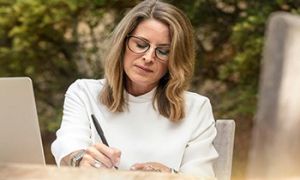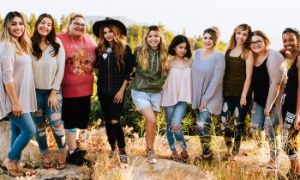Quality Area 3 of the National Quality Standard (NQS) focuses on the physical environment—its design, safety, inclusivity, and how it supports children’s learning, wellbeing, and agency. Here’s a breakdown of practical, workplace-ready examples tailored to your advocacy and leadership lens.
Standard 3.1 – Design and Fit for Purpose
Element 3.1.1 – Outdoor and indoor spaces, buildings, fixtures and fittings are suitable for their purpose
- Zoning for diverse play: Create defined areas for quiet reflection, sensory exploration, active movement, and collaborative play. Use soft furnishings, natural dividers, and visual cues.
- Accessibility audits: Regularly assess and adapt environments for children with mobility, sensory, or neurodiverse needs. Include adjustable furniture, visual schedules, and tactile signage.
- Educator feedback loops: Implement a system where educators can log environmental challenges (e.g. noise hotspots, supervision blind spots) and propose solutions.
- Documentation: Maintain annotated floor plans showing how space supports supervision, learning, and inclusion. Include risk assessments and adaptation records.
Standard 3.2 – Use and Adaptation of Environment
Element 3.2.1 – Inclusive Environment
- Cultural representation: Rotate displays, resources, and music to reflect the backgrounds of enrolled children and families. Invite community members to co-curate.
- Flexible setups: Reconfigure spaces throughout the day based on children’s play patterns and emotional states. For example, add calming zones during transitions.
- Child-led adjustments: Empower children to suggest changes to their environment—e.g., rearranging furniture, choosing sensory tools, or co-designing quiet corners.
- Inclusive resource placement: Ensure materials are within reach for all children, including those using mobility aids or with sensory sensitivities.
Continuous Improvement & Reflection
- Weekly environment walks: Educators and leaders walk through the space with a checklist aligned to QA3, noting areas for improvement and celebrating strengths.
- Critical reflection journals: Encourage educators to reflect on how the physical environment impacted children’s engagement, well-being, and relationships that week.
- Family engagement: Invite families to contribute ideas for environmental enhancements—e.g., through surveys, suggestion boards, or collaborative working bees.
Documentation & Evidence Tips
- Annotated photos showing environmental changes and their impact
- Educator reflections linked to QA3 elements
- Risk assessments and adaptation logs
- Feedback from children and families
- Links to EYLF learning outcomes and NQS standards
Further Reading
How To Achieve Quality Area 3
Exceeding Guidance For Quality Area 3
Reflection Questions For Quality Area 3
Documentation Services Require To Support Quality Area 3
Key Terms From Quality Area 3
Critical Reflection Questions For NQS QA3
Understanding Quality Areas


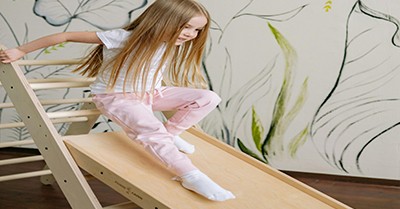

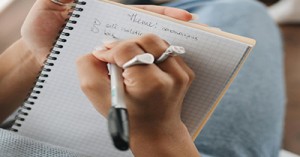
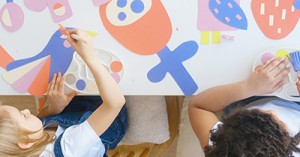
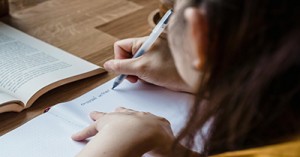
 Here is the list of the EYLF Learning Outcomes that you can use as a guide or reference for your documentation and planning. The EYLF
Here is the list of the EYLF Learning Outcomes that you can use as a guide or reference for your documentation and planning. The EYLF The EYLF is a guide which consists of Principles, Practices and 5 main Learning Outcomes along with each of their sub outcomes, based on identity,
The EYLF is a guide which consists of Principles, Practices and 5 main Learning Outcomes along with each of their sub outcomes, based on identity, This is a guide on How to Write a Learning Story. It provides information on What Is A Learning Story, Writing A Learning Story, Sample
This is a guide on How to Write a Learning Story. It provides information on What Is A Learning Story, Writing A Learning Story, Sample One of the most important types of documentation methods that educators needs to be familiar with are “observations”. Observations are crucial for all early childhood
One of the most important types of documentation methods that educators needs to be familiar with are “observations”. Observations are crucial for all early childhood To support children achieve learning outcomes from the EYLF Framework, the following list gives educators examples of how to promote children's learning in each individual
To support children achieve learning outcomes from the EYLF Framework, the following list gives educators examples of how to promote children's learning in each individual Reflective practice is learning from everyday situations and issues and concerns that arise which form part of our daily routine while working in an early
Reflective practice is learning from everyday situations and issues and concerns that arise which form part of our daily routine while working in an early Within Australia, Programming and Planning is reflected and supported by the Early Years Learning Framework. Educators within early childhood settings, use the EYLF to guide
Within Australia, Programming and Planning is reflected and supported by the Early Years Learning Framework. Educators within early childhood settings, use the EYLF to guide When observing children, it's important that we use a range of different observation methods from running records, learning stories to photographs and work samples. Using
When observing children, it's important that we use a range of different observation methods from running records, learning stories to photographs and work samples. Using This is a guide for educators on what to observe under each sub learning outcome from the EYLF Framework, when a child is engaged in
This is a guide for educators on what to observe under each sub learning outcome from the EYLF Framework, when a child is engaged in The Early Years Learning Framework describes the curriculum as “all the interactions, experiences, activities, routines and events, planned and unplanned, that occur in an environment
The Early Years Learning Framework describes the curriculum as “all the interactions, experiences, activities, routines and events, planned and unplanned, that occur in an environment